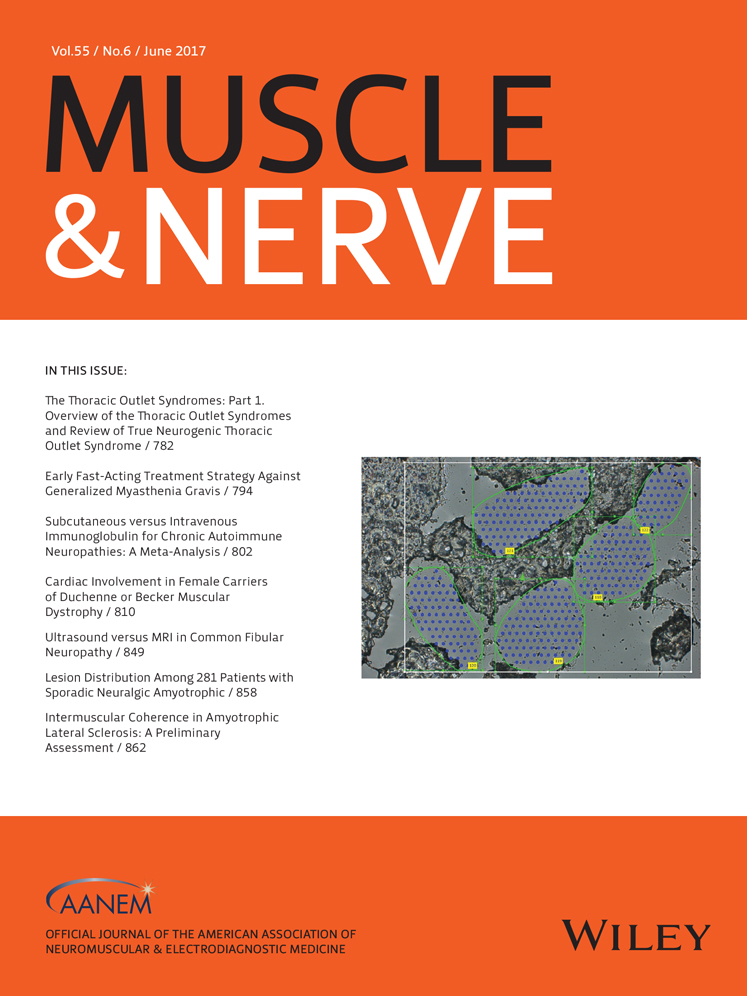Using laser capture microdissection to study fiber specific signaling in locomotor muscle in COPD: A pilot study
Funding: This work was funded by a grant from the Technology Strategy Board (TSB) and supported by the NIHR Respiratory Biomedical Research Unit at the Royal Brompton and Harefield NHS Foundation Trust and Imperial College who partly funded the salaries of M.I.P. and D.M.
Conflicts of Interest: Paul Kemp has received personal fees from Astellas Pharmaceuticals and grants from Astra Zeneca Pharmaceuticals outside of the submitted work. Michael Polkey has received grants and personal fees from Novartis, Biomarin, and had consultancy fees paid to his institute by Boehringer-Ingelheim and Lilly outside of the submitted work and additionally received grants and personal fees from GSK during the conduct of the study. Divya Mohan, Amy Lewis, Mehul Patel, Katrina Curtis, Jen Lee, Nicholas Hopkinson, and Ian Wilkinson declare that they have no competing interests during the conduct of the study; Divya Mohan has become an employee and shareholder of GSK after completion of the study.
ABSTRACT
Introduction
Quadriceps dysfunction is important in chronic obstructive pulmonary disease (COPD), with an associated increased proportion of type II fibers. Investigation of protein synthesis and degradation has yielded conflicting results, possibly due to study of whole biopsy samples, whereas signaling may be fiber-specific. Our objective was to develop a method for fiber-specific gene expression analysis.
Methods
12 COPD and 6 healthy subjects underwent quadriceps biopsy. Cryosections were immunostained for type II fibers, which were separated using laser capture microdissection (LCM). Whole muscle and different fiber populations were subject to quantitative polymerase chain reaction.
Results
Levels of muscle-RING-finger-protein-1 and Atrogin-1 were lower in type II fibers of COPD versus healthy subjects (P = 0.02 and P = 0.03, respectively), but differences were not apparent in whole muscle or type I fibers.
Conclusions
We describe a novel method for studying fiber-specific gene expression in optimum cutting temperature compound-embedded muscle specimens. LCM offers a more sensitive way to identify molecular changes in COPD muscle. Muscle Nerve 55: 902–912, 2017




